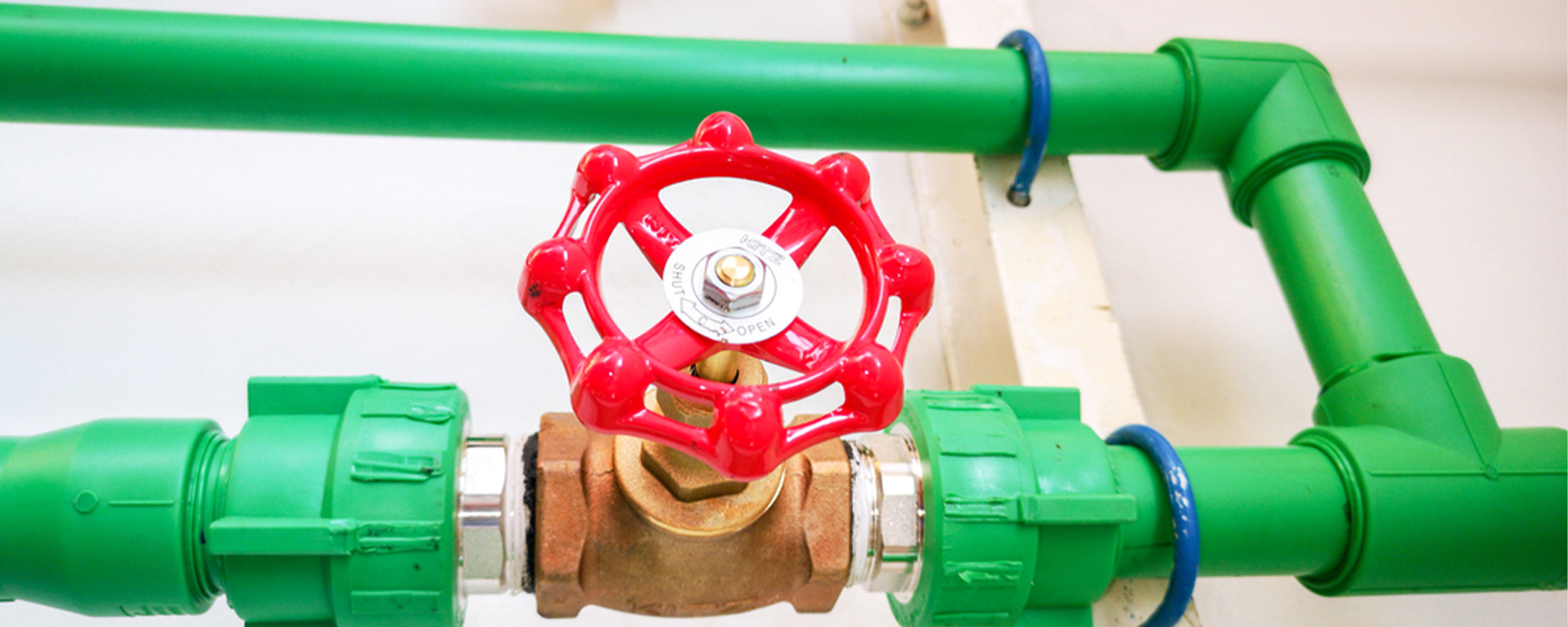
What are the benefits of using PPR pipes and fittings?
PPR (polypropylene) pipes and fittings are becoming popular in 2022 in numerous water and wastewater applications. They are strong, durable, and corrosion-resistant, making them an excellent choice for many applications. Today, in this blog, we will highlight some of the main benefits of using PPR pipes. But before moving ahead, let’s know how these pipes are processed.
How are polypropylene pipes made?
The pipe is made from polypropylene, which is a type of plastic. It is a solid material and is resistant to corrosion. It makes it a good choice for water pipes. The fittings are made from the same material and are also very strong. They are resistant to corrosion and are also very easy to install.
Now, when we have learned about how these pipes are manufactured, let us put some light on their advantages.
Advantages of using polypropylene pipes
There are many benefits to using PPR pipes. Let’s know some of them to understand more about the polypropylene piping system:
- They are solid and stable, making them ideal for both indoor and outdoor applications.
- They are immune to erosion and scaling, making them a suitable option for applications in which water quality is an issue.
- PPR pipes and fittings are also easy to install and are relatively cost-effective.
Experts say that if you want to keep the pipes for long, ensure that your PPR piping system continues to function correctly, it is crucial to maintain it to make them last long properly.
So, these were the 3 main perks of using these pipes. If you are looking for more information, feel free to get in touch with our experts. They will assist you with all the required information about the same.
